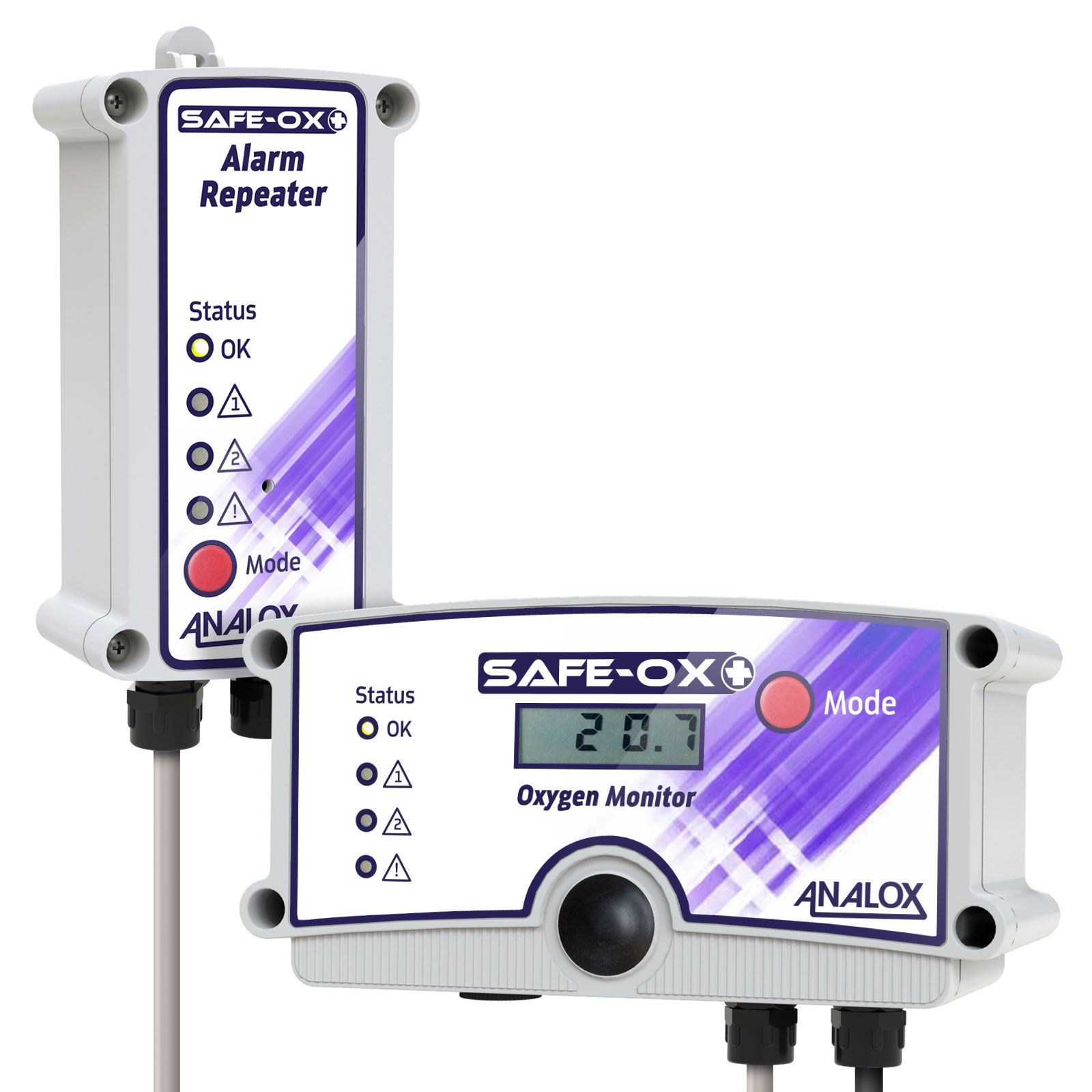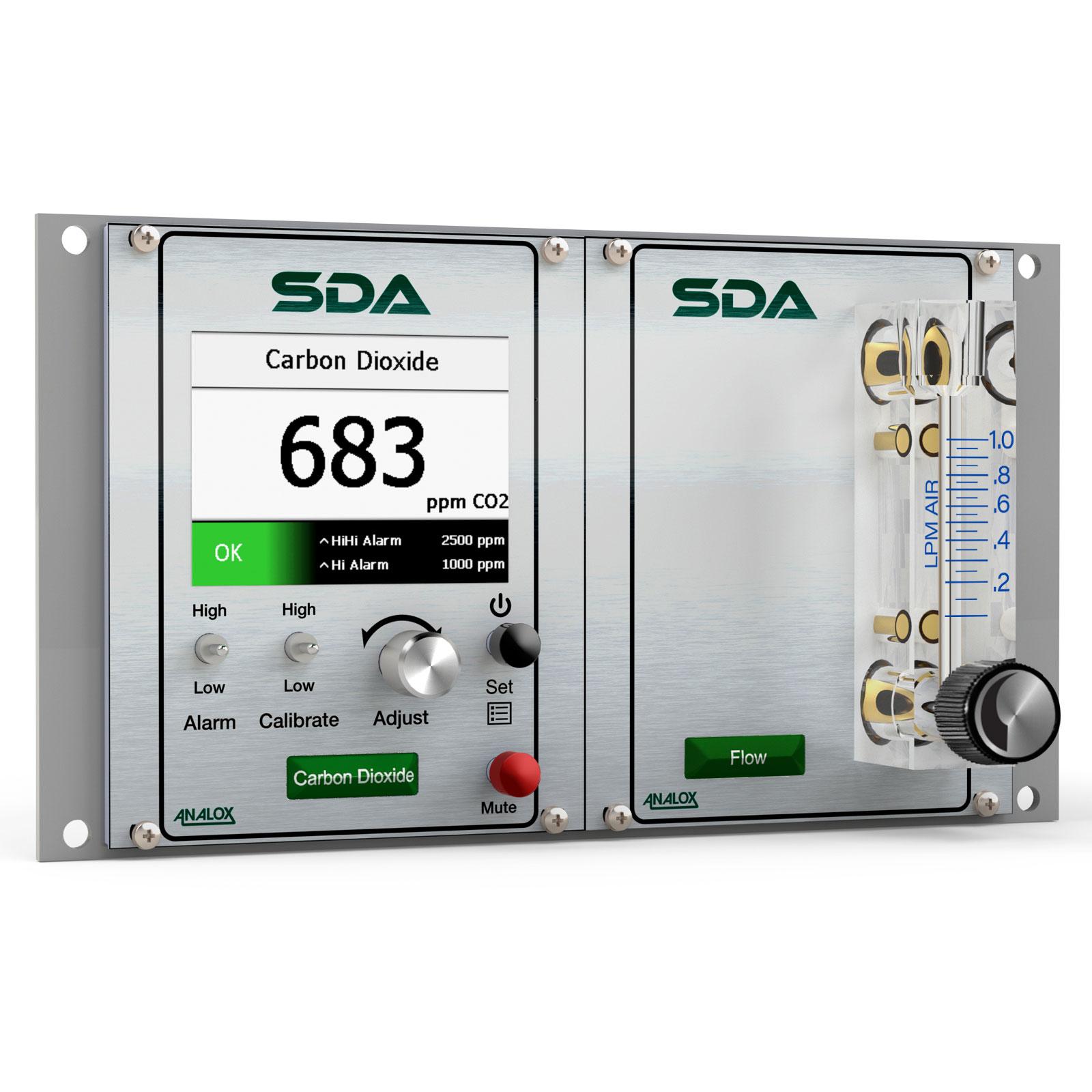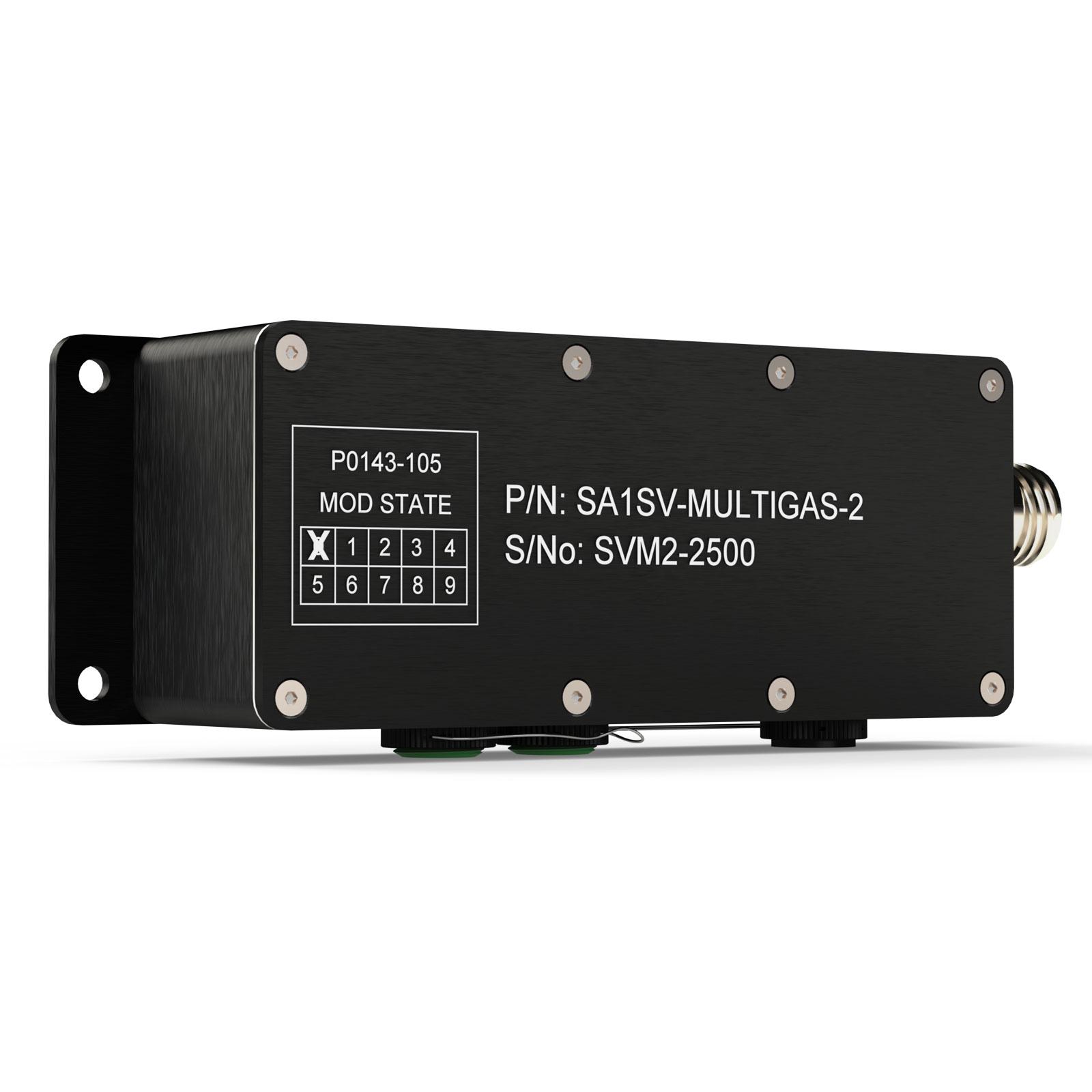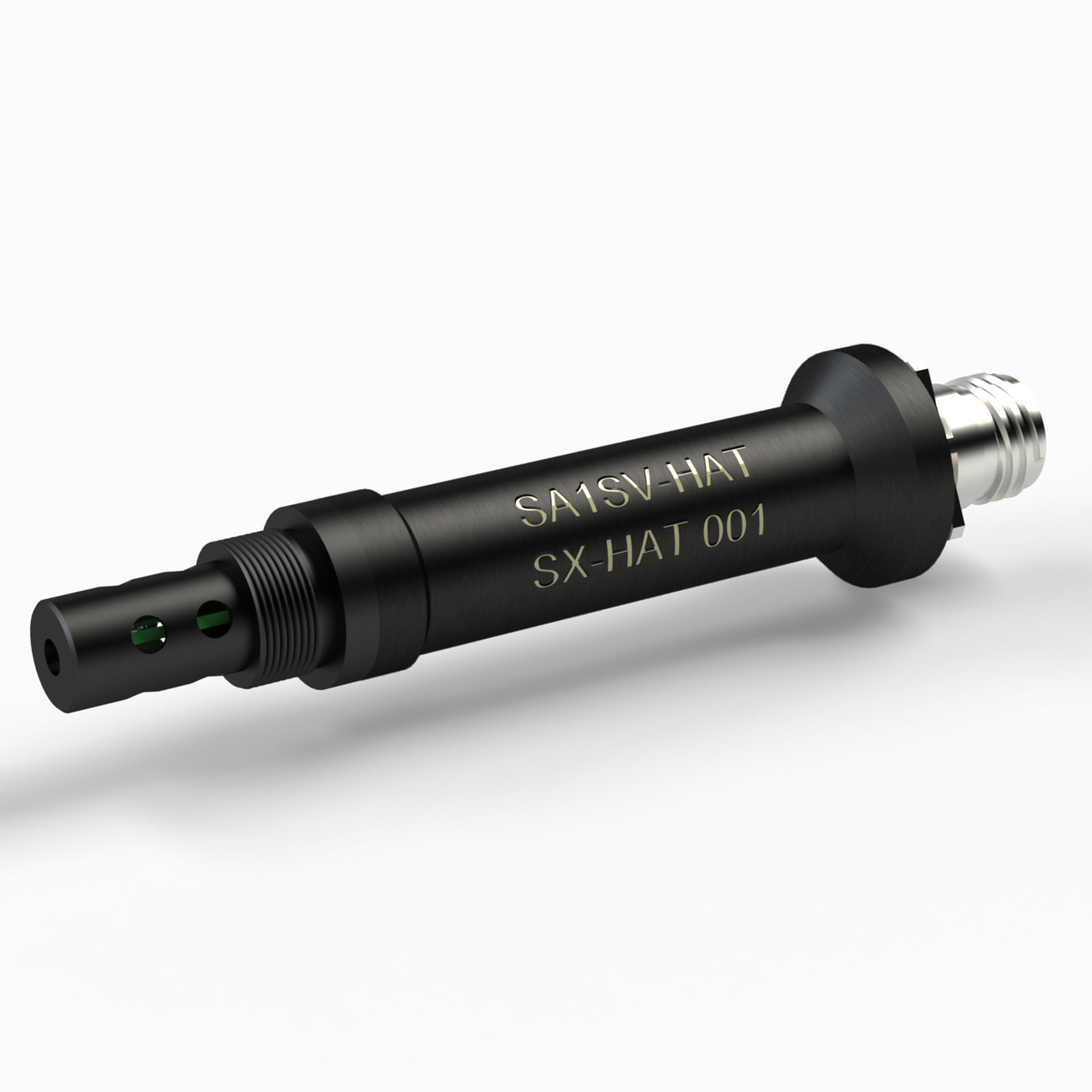Analox were called upon to provide a range of sensors to ensure astronauts are kept safe during their critical missions.
Pushing the boundaries of standard gas detection to the far reaches of the galaxy is a great challenge and a badge we can wear with pride.
Outer space represents a challenging environment for human exploration because of the hazards of vacuum and radiation. Microgravity also has a negative effect on human physiology that causes both muscle atrophy and bone loss.
Confined spaces in aircraft can become a large risk if oxygen levels are altered and toxic gases at high concentrations are present, thus creating a need for accurate gas sensors.
Particularly in aviation, oxygen (O2) gas sensors have an important and critical role as they are used to maintain oxygen (O2) levels at a level close to zero in order to eliminate the risk of explosion.
Analox specialises in gas sensors for cutting-edge applications and hostile environments. Our commercial-off-the-shelf (COTS) products include oxygen (O2) monitoring for hypobaric chambers, used for training aircrew in the hypoxic effects of oxygen (O2) in a controlled environment. Tailored solutions could include sensors and monitoring instrumentation to ensure sufficient delivery of oxygen (O2) from onboard oxygen (O2) generation systems (OBOGS).
Aviation remains one of the safest modes of transport because engineers take all precautions necessary to eliminate risks of mechanical failure such as fuel tank explosions.
Flight safety is one of the primary concerns for aircraft manufacturers. For many years, manufacturers such as Boeing and Airbus, and their suppliers, have been researching effective ways to minimize the risk of explosions in the fuel tanks of all types of aircraft. This was achieved by introducing Onboard Inert Gas Generation Systems (OBIGGS).
OBIGGS is an inerting system used to reduce the likelihood of combustion in a fuel tank by limiting the presence of oxygen (O2) in the headspace of the container to below that of the fuel’s combustion threshold. This is achieved by partitioning an air supply into nitrogen and oxygen-enriched air based on molecular weight. The nitrogen (N) enriched air can then be circulated into the headspace of the fuel tank, which is continuously ventilated to mitigate the risk of fuel vapour flammability.
Military aircraft have been broadly equipped with inerting systems for decades, as the risk of combustion is significantly higher in combat situations. Commercial aircraft have made limited use of dynamic inerting systems due to the additional cost and weight requirements, but aircraft manufacturers are increasingly turning to high-resolution gas sensors to eliminate the risk of potentially catastrophic fuel tank combustion.
It’s an exciting opportunity, we’re looking forward to working with Analox after seeing them at DSEI.
MARSHALL AEROSPACE
Oxygen Solutions
Analox offers a choice of wall mount or portable oxygen (O2) monitoring solutions.
Multi-gas
A compact, highly accurate electrochemical oxygen (O2) and NDIR carbon dioxide (CO2) sensor designed for vehicles operating in the upper atmosphere.
Temperature and Humidity
A unique, state of the art temperature and humidity sensor using laser trimmed thermoset capacitive and silicone band gap sensing. Used on military aircraft, commercial flights and in space rockets, this lightweight, robust sensor is designed to give accurate measurements under pressure and in a vacuum.
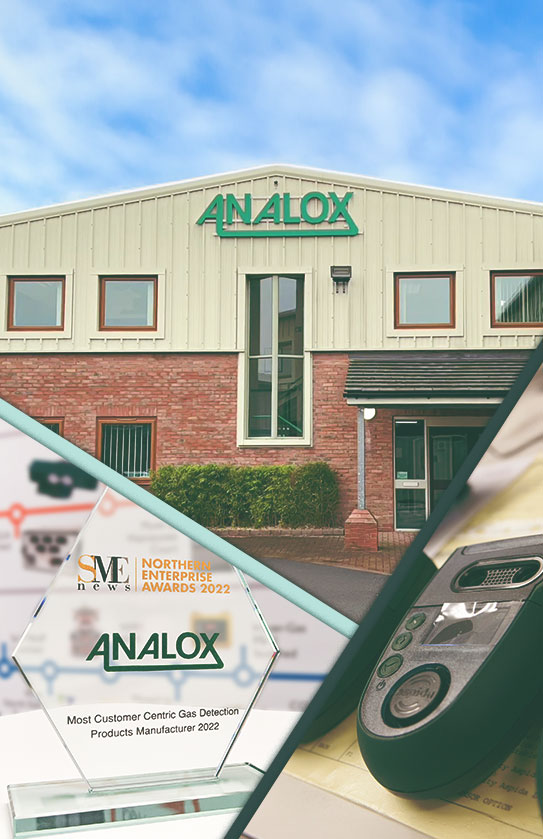
Subscribe to our Analox Newsletter!
Gain exclusive access to the latest news, insights, upcoming product releases in gas safety and efficiency. Be the first to know about our innovative solutions, upcoming events, and expert perspectives. Sign up today!

